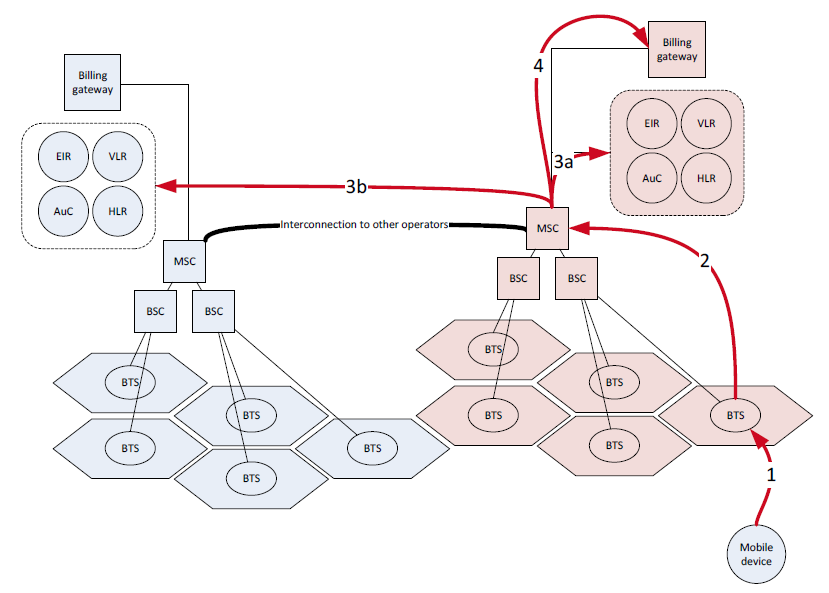Recently, I received many questions and inquiries about the meaning of Roaming and some interesting questions:
- What is Roaming?
- What is the difference between National Roaming and International Roaming?
First, all of us know that mobile communication networks and services have become an integral part of everyday life. People are now more and more reliant on their mobile phones and expect to be connected anywhere at any time. So Coverage everywhere is a MUST nowadays.
What is Roaming?
Roaming is defined as the use of mobile services from another operator, which is not the home operator. This happens in case the user cannot reach the base station (i.e Serving Site) of its home operator, but connects to the base station of another network (roaming), because for example:
- The mobile device is being used abroad.
- In that area, the home operator is not covered by base stations.
We call the network that is not a home network and to which the mobile device tries to connect to a “visited network”.
What is the difference between National Roaming and International Roaming?
The most well-known form of roaming is International roaming, which allows users to use their mobile devices when abroad. National roaming is roaming on networks of operators within the same country.
How does Roaming work in a 2G Network?
Roaming works basically as follows:

- The mobile device (of the subscriber – in blue) finds a mobile base station (BTS) of another operator in reach (the pink components) and requests one of these base stations to connect. The device sends the IMSI of its SIM to the base station to register.
On the device, the selection of an operator’s network could be either in manual or automatic mode. The mobile device selects a network based on different lists classified in priority order. In addition, the device requests location registration in order to use mobile services. - The base station (BTS) forwards the request to a base station controller (BCS), and finally to the mobile switching center (MSC) of the visited network.
- a. The MSC of the visited operator tries to find the IMSI (of the SIM of the mobile device) in its network’s HLR. The MSC however does not find it as that IMSI was allocated by a competitor (the home operator).
b. The MSC uses the IMSI to identify the home network of the SIM (the blue components) thanks to the Mobile Country Code followed by the Mobile Network Code. If a roaming agreement exists between the providers, the MSC contacts the home network’s HLR, authenticates the mobile device, and retrieves the relevant parts of the profile of the subscriber.
This data (about the visiting subscriber) is stored in the VLR (Visiting Location Register) of the visited network. The VLR keeps a temporary profile of the subscriber, for the purpose of roaming. This is done even before the subscriber starts to consume any services (idle mode).
Often, the visited operator charges more than what the home network operator would have charged. These extra costs are called ‘roaming costs’.
Reference:
- ENISA, National Roaming for Resilience.
